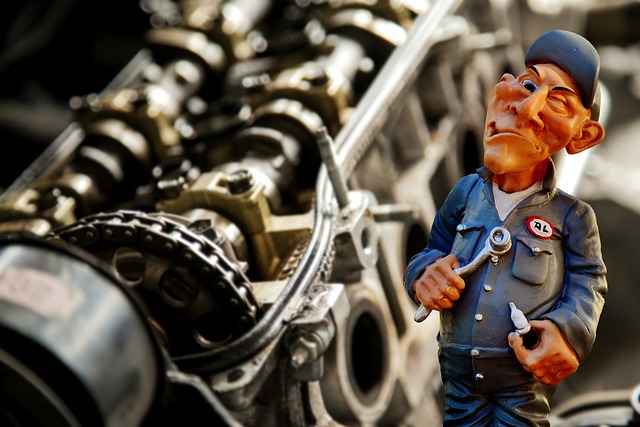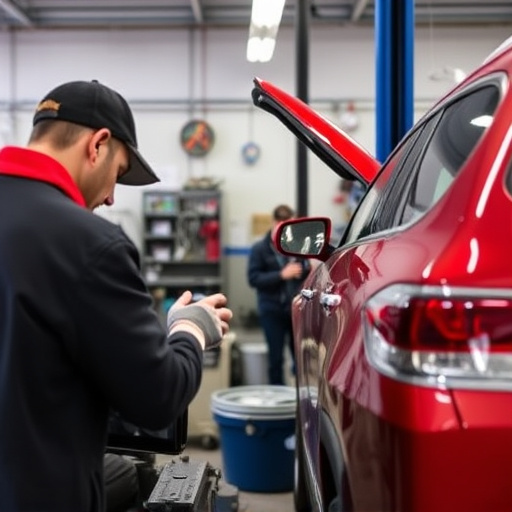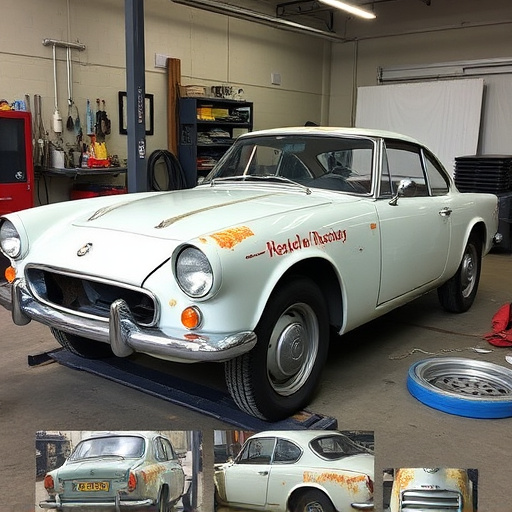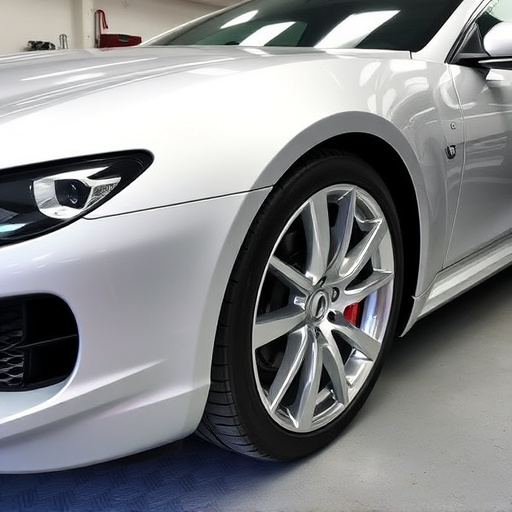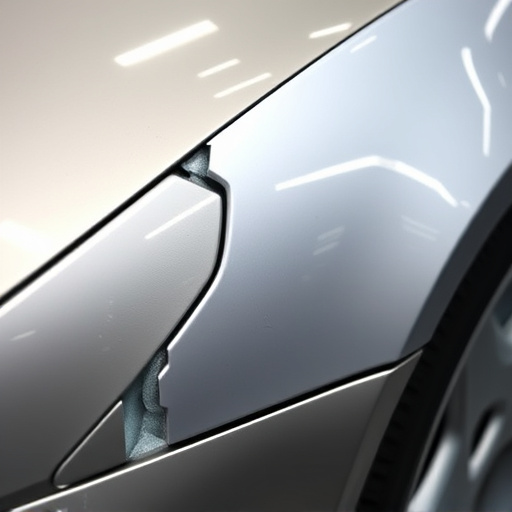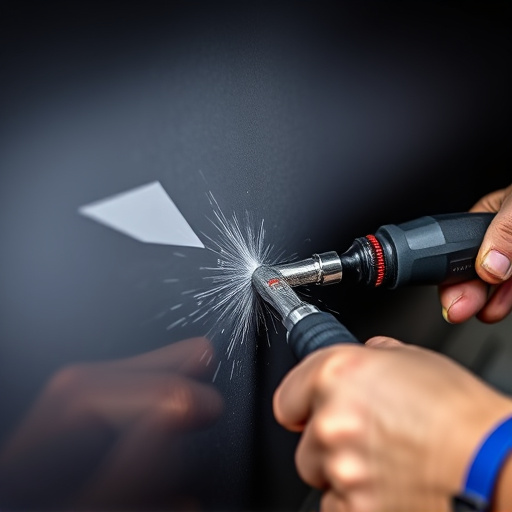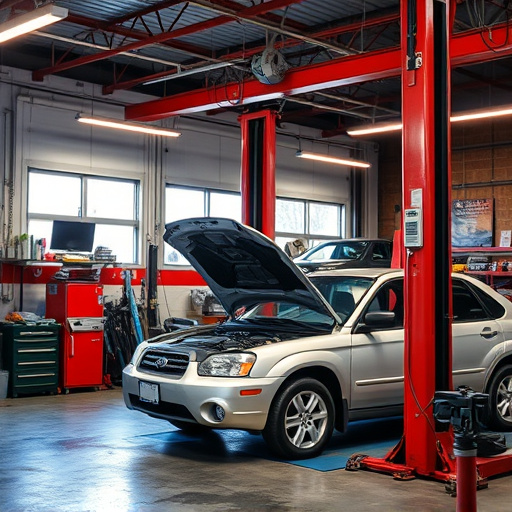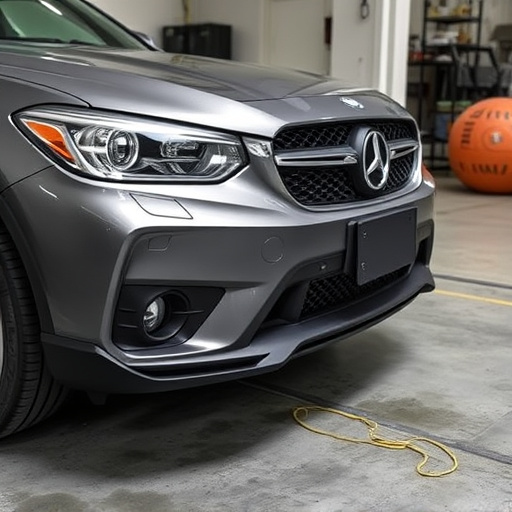Paintless Dent Repair (PDR) offers cost-effective and efficient vehicle bodywork repairs, eliminating painting or sanding for minor damages like parking lot dings. Its advantages include minimal disruption to car finishes, faster turnaround times, and skilled technicians restoring vehicles to original condition with minimal disruption to the finish. Despite debate in today's automotive landscape, PDR remains a game-changer for minor dent removal due to its cost-effectiveness and efficiency.
Is PDR (Paintless Dent Repair) still a worthwhile investment for your business or personal vehicle? This article delves into the pros and cons of PDR, offering a comprehensive guide for decision-making. We’ll first demystify PDR advantages, then explore whether its benefits outweigh potential drawbacks. By considering alternative solutions, you’ll gain insights into whether PDR remains a relevant choice in today’s automotive market, helping you make an informed decision regarding this popular dent repair method.
- Understanding PDR Advantages: The Basics
- Pros and Cons of Investing in PDR
- Exploring Alternative Options: Is PDR Still Relevant?
Understanding PDR Advantages: The Basics
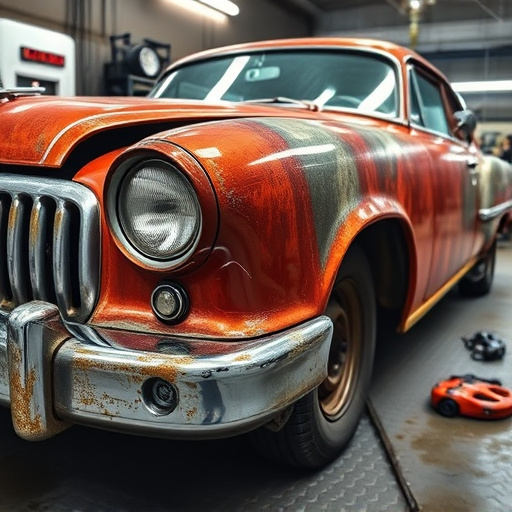
PDR advantages, or Paintless Dent Repair, is a non-invasive auto repair service that’s become increasingly popular for vehicle bodywork repairs. It involves specialized techniques to remove dents and dings from a car’s surface without painting or sanding. This method is cost-effective compared to traditional auto body shop repairs, making it an attractive option for both individuals and businesses offering vehicle repair services.
By utilizing PDR advantages, technicians can efficiently restore vehicles’ original appearances while saving time and money. The process involves using specialized tools to press out dents, ensuring minimal to no paint damage. This approach is especially beneficial for minor damages, such as parking lot dings or small accidents, where replacing entire panels of a vehicle’s bodywork would be excessive. It’s also a preferred method for those looking to avoid the downtime associated with conventional auto repair services, offering a quicker turnaround without compromising on quality.
Pros and Cons of Investing in PDR
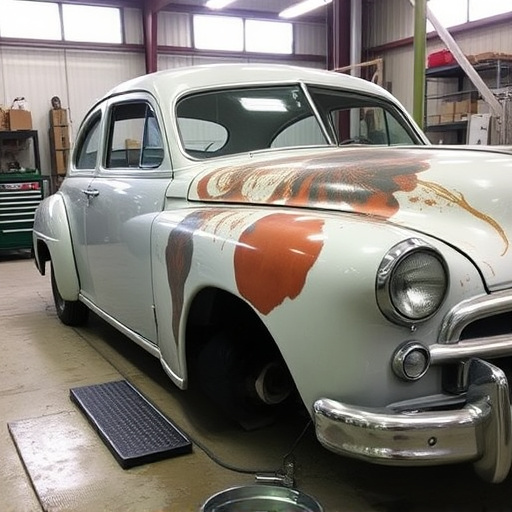
Investing in PDR (Paintless Dent Repair) can still be a worthwhile venture for many, despite evolving auto repair trends. The key lies in understanding its pros and cons. On one hand, PDR offers significant advantages like minimal disruption to the original finish, cost-effectiveness compared to traditional body shop repairs, faster turnaround times, and the ability to fix minor dents and scratches without painting. This non-invasive method is ideal for those wanting swift car dent removal or fender bender repairs without the hassle of an extensive repaint job.
However, there are considerations too. PDR may not be suitable for severe damage cases where panel replacement is necessary. It also demands specialized training and tools to ensure precision and avoid further damaging the car’s paint surface. While convenient and affordable for minor cosmetic issues, major repairs or complex geometry dents might require alternative methods, making the decision to invest in PDR equipment a personal choice based on the types of car paint repair services you intend to offer and the extent of typical dent removal cases encountered.
Exploring Alternative Options: Is PDR Still Relevant?
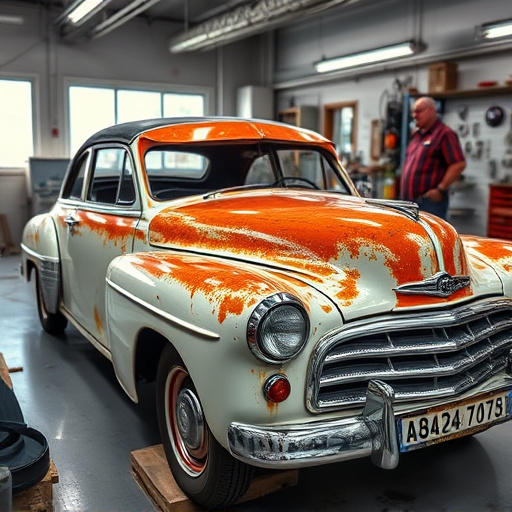
In today’s automotive industry, where technology advances rapidly, it’s natural to wonder if traditional methods like PDR (Paintless Dent Repair) still hold their ground. As we explore alternative options for auto body repair, such as mercedes benz collision repair involving more sophisticated techniques and materials, the relevance of PDR advantages becomes a topic of interest. While some argue that modern auto painting and body repair methods have rendered PDR obsolete, others advocate for its numerous benefits.
PDR advantages still stand strong in terms of cost-effectiveness and time-saving capabilities, especially for minor dents and dings. The non-invasive nature of this process means less disruption to the vehicle’s original finish, preserving its value. Moreover, with skilled technicians, PDR can be performed quickly, allowing car owners to get back on the road without extensive downtime. As a result, for smaller repair needs, PDR offers an efficient and affordable solution, ensuring your vehicle retains its appeal without breaking the bank.
While PDR (Paintless Dent Repair) advantages remain appealing, including cost-effectiveness, minimal damage repair, and quick turnaround times, the competitive market has introduced alternative dent repair methods. It’s essential to weigh these pros against potential cons, such as varying quality among technicians and limited effectiveness on severe dents. Considering modern alternatives and evolving consumer preferences, individuals should carefully assess whether PDR’s benefits still align with their needs, ensuring they receive the best value for their time and investment.

